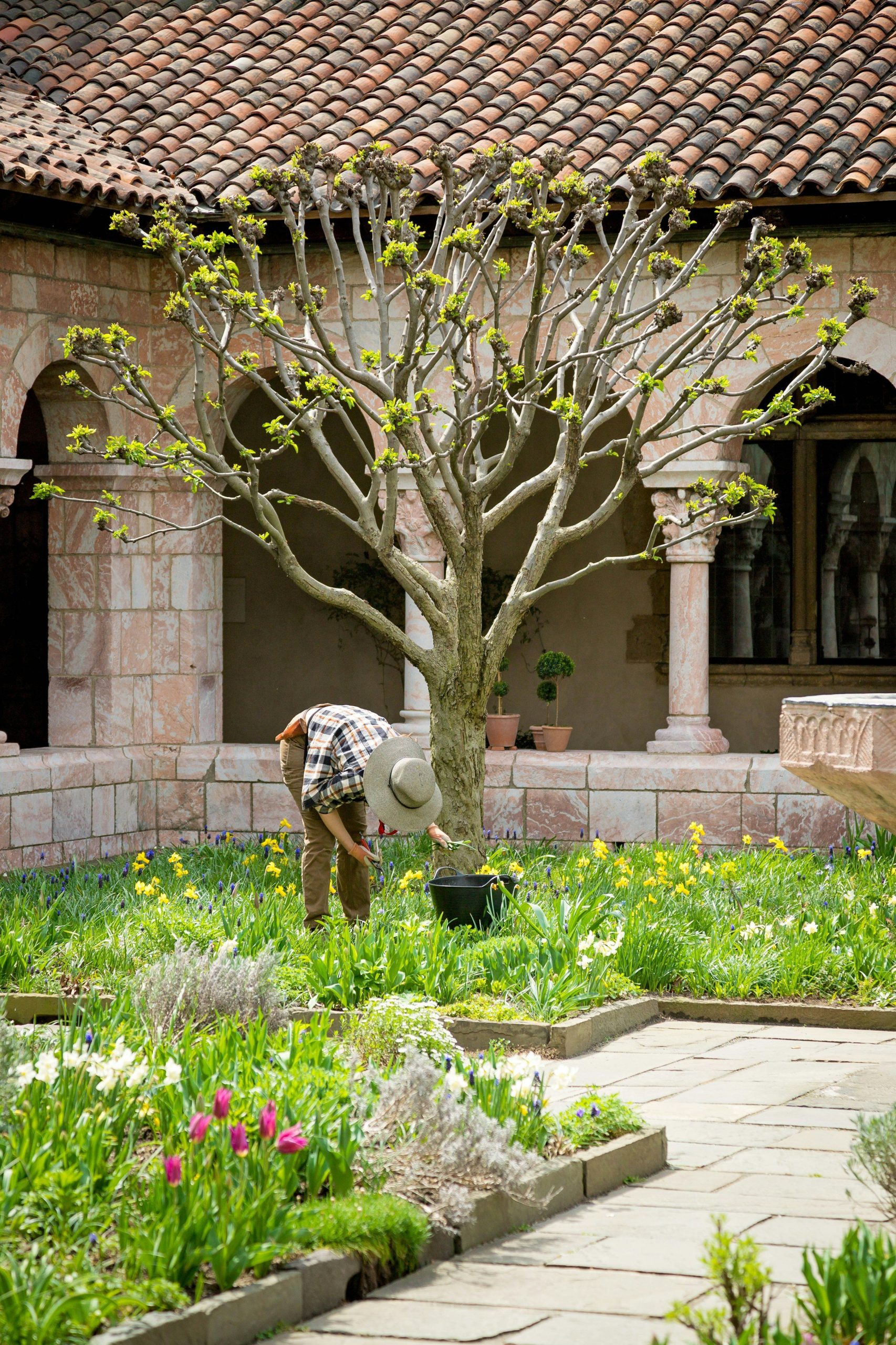Top Commercial Interior Design Trends to Watch in 2024
As we step into 2024, the world of commercial interior design is buzzing with innovative trends that not only enhance the aesthetic appeal of spaces but also prioritize sustainability, functionality, and employee well-being. Here’s a detailed look at the top trends you need to know, and you can find more insights on these trends at The Latest Trends in Commercial Interior Design.
Sustainable and Eco-Friendly Design
Sustainability is no longer just a buzzword; it’s a necessity in today’s commercial interior design. Businesses are increasingly investing in eco-friendly materials and practices to reduce their environmental footprint.
Also read : Igniting Donor Passion: Digital Strategies for Bristol Non-Profits to Flourish
- Eco-Friendly Materials: Materials like bamboo, reclaimed wood, and recycled metal are gaining popularity. These materials are not only sustainable but also add a unique touch to the space. For instance, bamboo flooring and reclaimed wood furniture are becoming staples in many commercial spaces\1\24.
- Energy-Efficient Solutions: Incorporating LED lights, solar panels, and smart thermostats can significantly reduce energy consumption. Natural light is also maximized by strategically placing windows and using light-reflecting materials\2\4.
- Biophilic Design: This design approach connects indoor spaces with nature by incorporating elements like plants, water features, and organic textures. Green walls, indoor gardens, and living roofs not only improve air quality but also enhance the aesthetic appeal of workspaces\2\4.
Spaces with Multiple Functions
The concept of flexible spaces is revolutionizing commercial interior design. These spaces are designed to serve multiple purposes, making them highly adaptable and efficient.
- Residential and Commercial Use: For homeowners with offices in their houses, remodeling these spaces into guest rooms or conference rooms can be highly beneficial. In commercial settings, break rooms can be converted into emergency meeting rooms or collaborative workspaces1.
- Modular Furniture: Using modular furniture allows for flexible layouts that can be easily rearranged to meet different needs. This approach promotes better air circulation and natural lighting, especially in open-plan offices\2\4.
Vibrant Hues and Bold Colors
After a period of minimalist designs, bold and vibrant colors are making a comeback in 2024.
Additional reading : Harnessing Data Insights: Elevating Menu Excellence in Bristol’s Culinary Scene
- Accent Designs: Bold color schemes are being used in offices and retail spaces to create striking accent designs. Statement walls in houses and commercial premises are becoming a trend, combining bold hues with muted tones for a contemporary look1.
- Commercial Painting Services: To expertly execute these bold designs, commercial painting services are in high demand. These services ensure that the colors are applied in a way that creates a well-balanced and visually appealing space1.
Wellness-Oriented Architecture
Wellness design is becoming a major trend in commercial interior design, focusing on enhancing health and relaxation.
- Better Air Circulation and Soundproofing: Features like better air circulation, soundproofing, and biophilic components such as indoor vegetation are being incorporated. These elements enhance the overall well-being of occupants1.
- Natural Lighting and Quiet Areas: Offices with natural lighting and quiet areas are in high demand. Similarly, homes with spa-like bathrooms are becoming more popular, emphasizing the importance of wellness in design1.
Smart Technology Integration
Smart technology is increasingly being integrated into commercial spaces to enhance functionality and efficiency.
- Smart Lighting and Security: Smart lighting, security systems, and thermostat systems are becoming essential in commercial premises. Touchless entry points, energy monitoring systems, and automated climate management are making commercial spaces more appealing and efficient1.
- Embedded Technology: In restaurants and other commercial spaces, embedded technology such as QR codes for menus, ordering tablets, and smart equipment like VersaHub are revolutionizing the customer experience5.
Key Strategies for Designing Eco-Friendly Workspaces
Here are some key strategies that commercial interior designers are using to create eco-friendly workspaces:
Energy-Efficient Lighting Solutions
- LED Lights and Motion Sensors: Integrating LED lights, motion sensors, and daylight harvesting techniques can significantly reduce energy consumption. Natural light is maximized by strategically placing windows and using light-reflecting materials2.
Sustainable Materials and Furniture
- Eco-Friendly Materials: Choosing materials like bamboo, reclaimed wood, cork, and recycled metal reduces the demand for virgin resources. Eco-friendly furniture ensures healthy indoor air quality by using materials with low VOCs (volatile organic compounds)\2\4.
Incorporating Biophilic Design
- Natural Elements: Biophilic design connects indoor spaces with nature by incorporating elements like plants, water features, and organic textures. Green walls, indoor gardens, and living roofs improve air quality and enhance the aesthetic appeal of workspaces\2\4.
Efficient Space Planning
- Open-Plan Offices: A well-thought-out floor plan reduces unnecessary wastage of resources and maximizes efficiency. Open-plan offices promote better air circulation and natural lighting, while modular furniture allows for flexible layouts2.
Water Conservation Techniques
- Smart Offices: Implementing water-efficient systems like low-flow faucets, dual-flush toilets, and water-efficient showerheads can significantly reduce water consumption. Rainwater harvesting systems further enhance water efficiency2.
Decor Design Trends in Commercial Spaces
Instagram-Worthy Decor
- Neon Signs and Playful Wallpaper: Neon signs and playful wallpaper with bold patterns and colors are making spaces Instagram-worthy. These elements not only enhance aesthetics but also provide businesses with opportunities to engage with their audience through social media5.
Natural Elements
- Organic Materials: The use of organic materials like rattan, wooden vertical slats, and stoneware tableware continues to be popular. These materials add a warm and inviting atmosphere to commercial spaces5.
Ceiling Decor
- Creative Patterns and Lighting Fixtures: Ceilings are no longer just a plain part of the design; they are becoming an integral part of the overall aesthetic. Creative patterns, vibrant colors, unique lighting fixtures, and suspended art installations are being used to add personality and style to commercial spaces5.
Practical Insights and Actionable Advice
Choosing the Right Materials
When it comes to sustainable interior design, choosing the right materials is crucial. Here are some materials you should consider:
- Bamboo: A rapidly renewable resource, bamboo is ideal for flooring, furniture, and wall panels.
- Reclaimed Wood: Salvaged wood from old buildings or furniture prevents deforestation and adds rustic charm to interiors.
- Cork: Harvested from the bark of cork oak trees without harming the plant, cork is a renewable material used for flooring, insulation, and furniture.
- Low-VOC Paints: Conventional paints often release VOCs that harm indoor air quality. Opt for low-VOC or VOC-free paints for a healthier environment4.
Designing for Natural Light
- Large Windows and Skylights: Designing spaces that utilize natural light reduces dependence on artificial lighting. Large windows, skylights, and open layouts enhance daylight penetration while lowering energy bills.
- Light-Reflecting Materials: Using light-reflecting materials can further maximize natural light, creating a bright and welcoming atmosphere4.
Investing in Smart Technology
- Energy Monitoring Systems: Smart technology can monitor and optimize energy usage in real-time, making workspaces more efficient.
- Automated Climate Management: Automated climate management systems ensure that the workspace is always at the optimal temperature, enhancing comfort and productivity\1\5.
Future Trends in Green Interiors
As technology continues to advance, new opportunities for sustainable design are emerging. Here are some future trends to watch:
Reduced Operating Costs
- T-Enabled Devices: Devices that can monitor and optimize energy usage in real-time will make workspaces even more efficient.
- Recycled Innovations: Expect to see more innovative uses of recycled materials, such as furniture made from ocean plastic or tiles crafted from industrial waste2.
Net-Zero Buildings
- Energy-Neutral Spaces: Commercial spaces designed to produce as much energy as they consume will become the norm. This trend will significantly reduce the carbon footprint of commercial buildings2.
In 2024, commercial interior design is all about creating spaces that are not only visually appealing but also sustainable, functional, and wellness-oriented. By incorporating eco-friendly materials, smart technology, and biophilic design, businesses can enhance their brand image, reduce operational costs, and improve employee productivity. Whether you’re revamping an office, restaurant, or retail space, staying ahead of these trends will ensure your commercial space is future-proof and aligned with the latest industry standards.
Table: Comparison of Key Trends in Commercial Interior Design
| Trend | Description | Benefits |
|---|---|---|
| Eco-Friendly Materials | Use of sustainable materials like bamboo, reclaimed wood, and recycled metal. | Reduces environmental impact, lowers energy bills, enhances brand image. |
| Spaces with Multiple Functions | Flexible spaces that can be used for multiple purposes. | Increases efficiency, promotes adaptability. |
| Vibrant Hues and Bold Colors | Use of bold color schemes and statement walls. | Enhances aesthetic appeal, creates a contemporary look. |
| Wellness-Oriented Architecture | Focus on health and relaxation through better air circulation and biophilic design. | Improves employee well-being, reduces sick days. |
| Smart Technology Integration | Use of smart lighting, security, and thermostat systems. | Enhances functionality, reduces energy consumption. |
| Biophilic Design | Incorporation of natural elements like plants and water features. | Improves air quality, enhances aesthetic appeal. |
| Efficient Space Planning | Use of open-plan offices and modular furniture. | Reduces resource wastage, maximizes efficiency. |
| Instagram-Worthy Decor | Use of neon signs, playful wallpaper, and natural elements. | Enhances aesthetic appeal, engages audience through social media. |
| Ceiling Decor | Creative use of ceilings with patterns, lighting fixtures, and art installations. | Adds personality and style to commercial spaces. |
By embracing these trends, you can create commercial spaces that are not only beautiful but also sustainable, efficient, and conducive to well-being.











